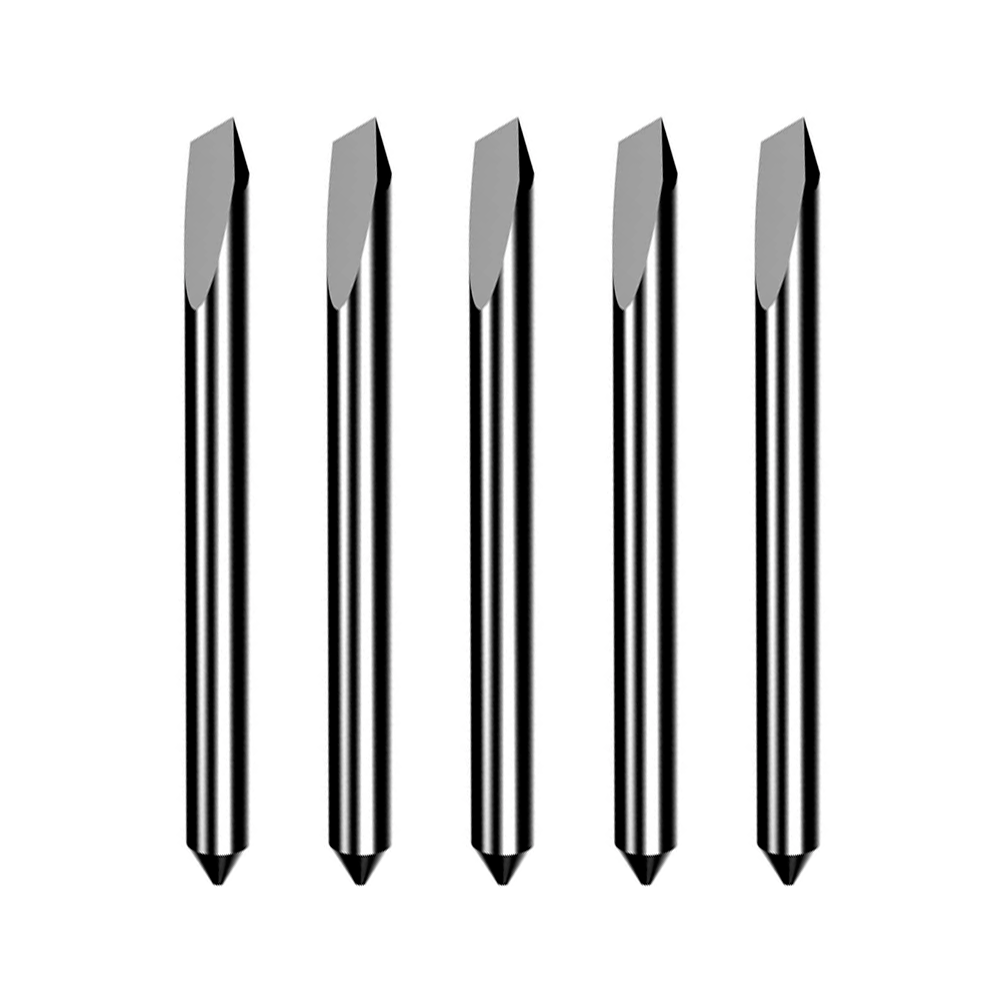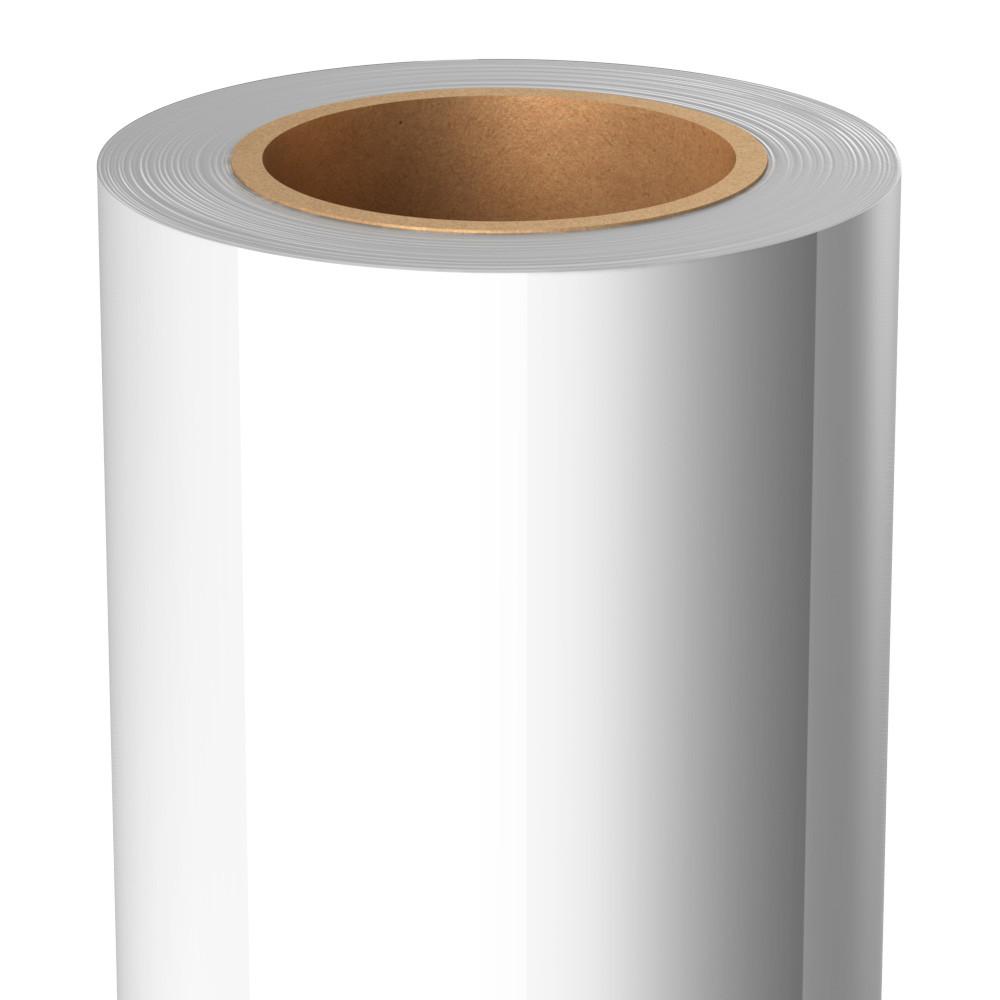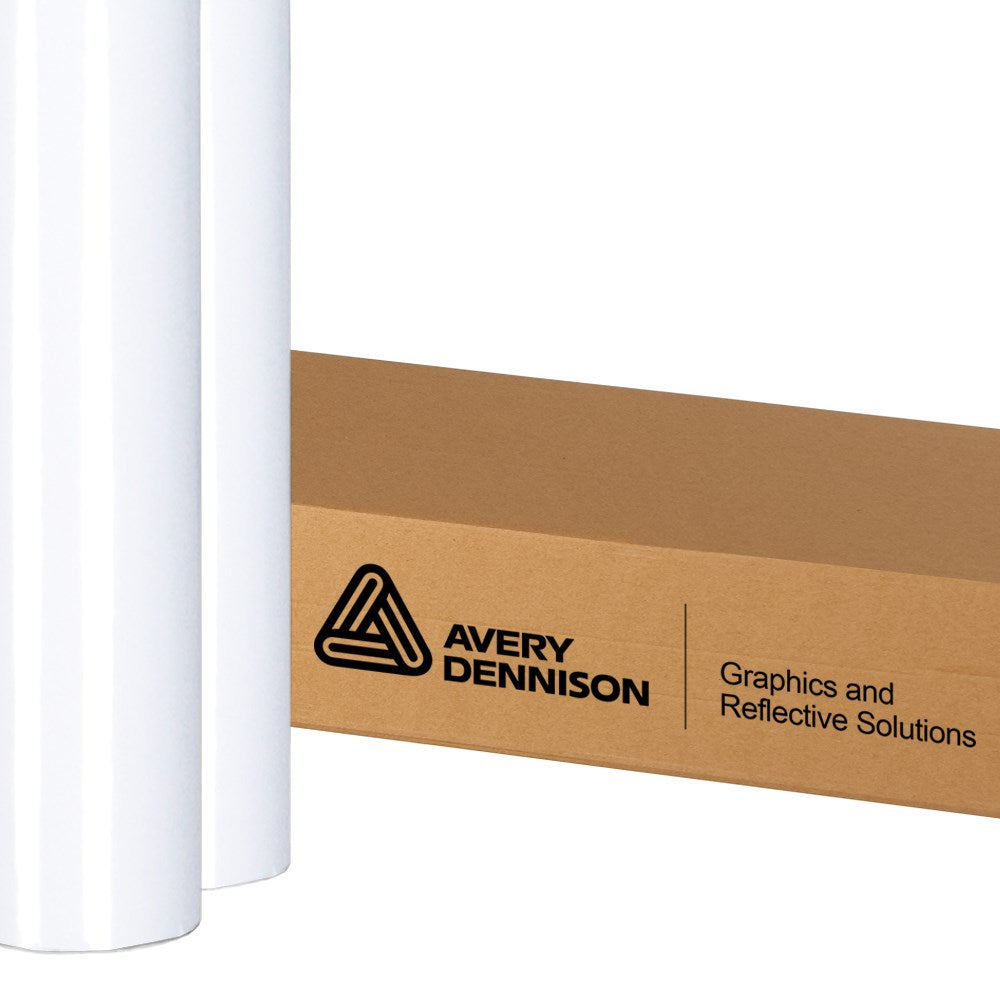It’s no secret that vinyl wraps are a great way to upgrade the look of your store, business, or car. But like anything else, it requires care and maintenance to stay as good as new for years to come.
As experts in 3M printing products, we know that without the proper knowledge and expertise, what might seem as a simple process can end with a flawed result. That is why taking the necessary precautions when installing your vinyl or wrap is key for a long-lasting outcome.

Types of Vinyls
Before we dive into how to care for vinyl wrap, it’s important to understand what type of vinyls are available so you can properly choose a vinyl car wrap. Knowing what their characteristics are can determine the overall result of the project, as each type is best suited for different needs. Generally speaking, there are two types of vinyl.
Calendered Vinyl
Calendered vinyl is the most common type used for wrapping cars and buildings, as it is highly durable and relatively inexpensive. It is a film made from polyvinyl chloride (PVC) that requires less energy expense than other types of materials. This is due to its fabrication process. A combination of materials is first melted and then passed through a “calendering roll." This allows the producer to control the thickness, size, and shape. There is no need to put the melted solution inside a mold, so it requires less resources.
The most common use for calendered vinyl are vehicle wraps, window graphics, wall murals, signs, and banners. You can also find them decorating the outside of shops and protecting windows and doors.
Cast Vinyl
Cast vinyl is often slightly pricier than calendered, but it offers a smoother finish when applied correctly. This type of vinyl also has greater conformability, which makes it ideal for the curved surface of vehicles. Additionally, because cast wraps are thinner, they are more resistant to peeling and cracking over time.
Unlike calendered, cast vinyls are put inside a mold in order to get the desired shape and size. If there is a need for a specific finish, the desired texture has to be applied in the mold before pouring the plastic mixture. Cast vinyl also requires higher temperature and more energy to produce. The result is a highly durable material that is resistant to UV rays and water.
Taking Care of Your Vinyl
Now that you know what types of wrap there are, you can explore how to keep them looking their best over time.
The key is regular maintenance. First, make sure that the surface is clean and dry before the application. You should also keep an eye for scratches, cracks, or peeling paint before applying the vinyl. It is best to do some extra work beforehand to prevent potential problems in the future.
Once it has been applied, cleaning your wrap regularly will help protect against dirt buildup, which can cause fading or peeling. You should also watch out for any signs of bubbling or creasing, which could indicate an issue with the adhesive backing. If you see any signs of wear and tear on your wrap, don't hesitate to contact a professional wrap service before it gets any worse. Professionals in the field will know how to tackle every situation.
Finally, it goes without saying that you should use high-quality cleaning products designed specifically for use on vinyls and wraps.

In Summary
Keeping up with regular maintenance is essential if you want your vehicle or windows to look as good as the day you got them. This way, you will not only save money, but also ensure that your wrap stays clean and appealing.
Knowing the difference between cast and calendered vinyls will go a long way towards helping you choose the wrap that's right for your needs. If you require any assistance choosing the best vinyl for you or applying a wrap to your vehicle, don't hesitate to contact AirMark experts!



